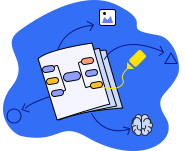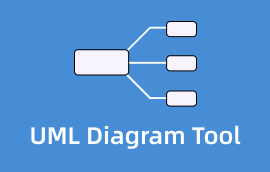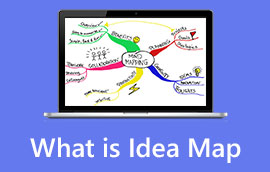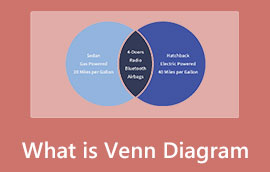What is A UML Class Diagram and Best UML Class Diagram Creator
One of the most helpful diagrams in UML is class diagrams, which accurately depict a system's structure by modeling its classes, properties, operations, and relationships among objects. In that case, the article will give you enough information about this type of diagram. You will learn its definition, use, benefits, and more. You will also discover the best methods for creating a UML class diagram using the UML class diagram maker. If you want to proceed with the discussion, read this article from beginning to end.

- Part 1. What is a UML Class Diagram
- Part 2. Components of UML Class Diagram
- Part 3. UML Class Diagram Maker
- Part 4. When to Use UML Class Diagram
- Part 5. Advantages of UML Class Diagram
- Part 6. FAQs about UML Class Diagram
Part 1. What is a UML Class Diagram
The UML Class diagram is a visual notation used to build and visualize object-oriented systems. A class diagram under Unified Modeling Language is a static structure diagram demonstrating the system's properties, classes, operations, and relationships between objects to describe the system's structure. You can model systems in some ways with the help of the Unified Modeling Language (UML). One of the more prominent kinds in UML is the class diagram. It is used among software engineers to document software architecture. Class diagrams are a form of structural diagrams since they specify what must be included in the modeled system.
No matter how experienced you are with class diagrams or UML, our UML software is made to be straightforward to use. A standardized UML model was also developed to explain an object-oriented programming method. Class diagrams are the foundation of the UML since each class is the building block of objects. A class diagram's many elements can represent the actual classes that will be programmed, the primary objects, or the relationships between classes and objects.
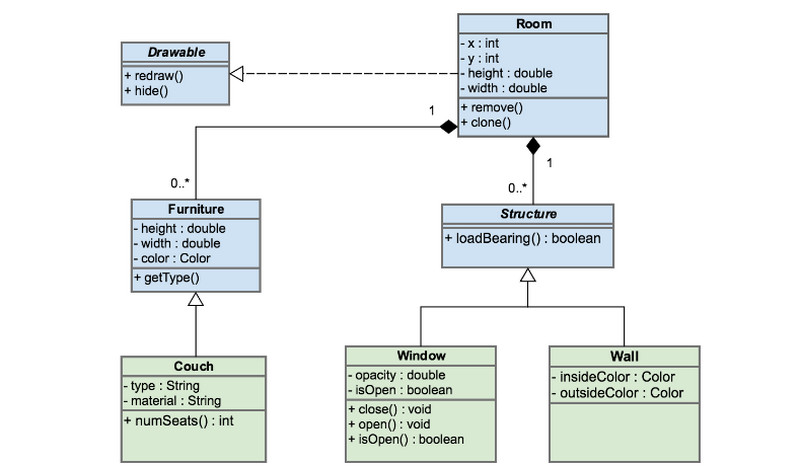
Part 2. Components of UML Class Diagram
These are the components of a UML class diagram.
Upper Section
It includes the class's name. Regardless of whether you are discussing the classifier or an object, this section is always necessary.
Middle Section
It contains the class's attributes. Describe the characteristics of the class in this section. It only requires when describing a specific instance of a class.
Bottom Section
It contains the class operations. It shows how data interacts with a class.
Member access modifiers
See the symbols below about the access levels depending on the modifiers.
◆ Private (-)
◆ Public (+)
◆ Protected (#)
◆ Package (~)
◆ Static (underlined)
◆ Derived (/)
Classes
A guide for building systems' objects and implementing behavior. A class in UML describes a single item or a group of objects with similar behaviors and structures. A rectangle depicts them with rows for the class's name, characteristics, and operations.
Names
It is the first row you can see in a class shape.
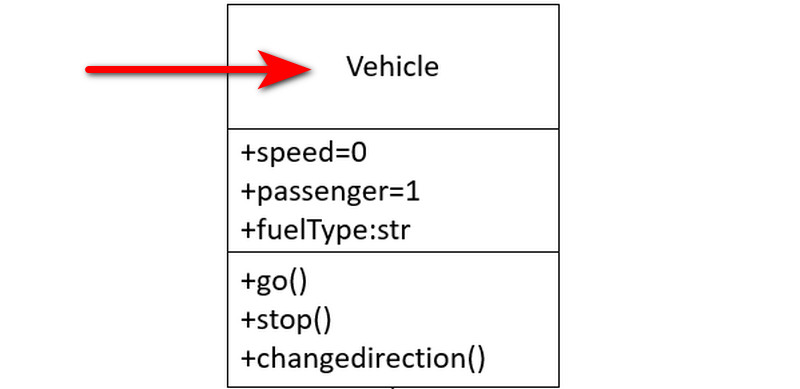
Attributes
It is the second row on a class shape. In addition, every attribute of the class is displayed in a line separately.
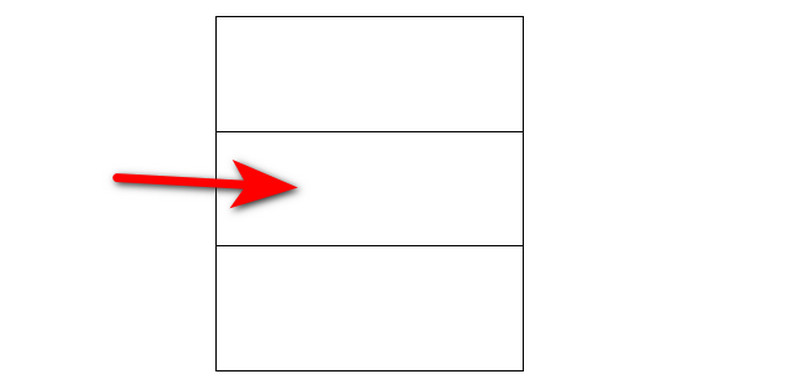
Methods
It is known as the operation. It is the third row in a class shape.
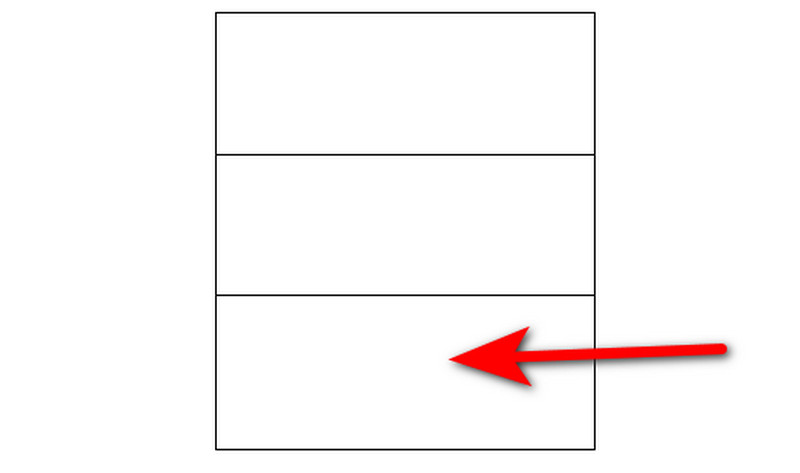
Signal
It represents asynchronous communications between the objects.
Data Types
It defines the data values. Each data can model both enumerations and primitive styles.

Interfaces
It is a set of behaviors defined by a collection of operation signatures and attribute definitions. Classes and interfaces are similar, but classes can have instances of their types, but an interface requires at least one class to implement it.
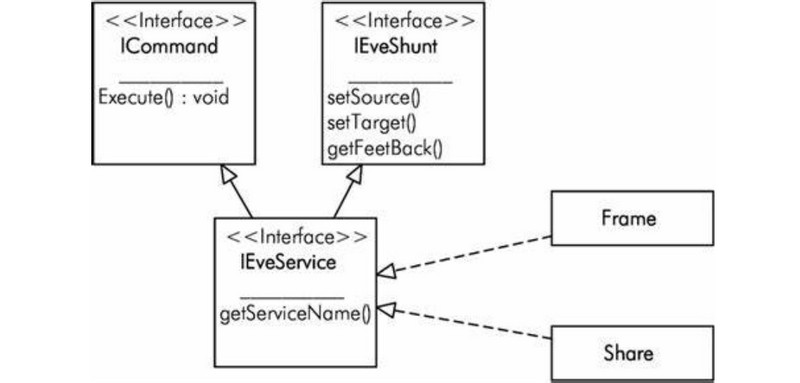
Enumerations
The user-defined data types are represented. An enumeration consists of groupings of identifiers that stand for the enumeration's values.
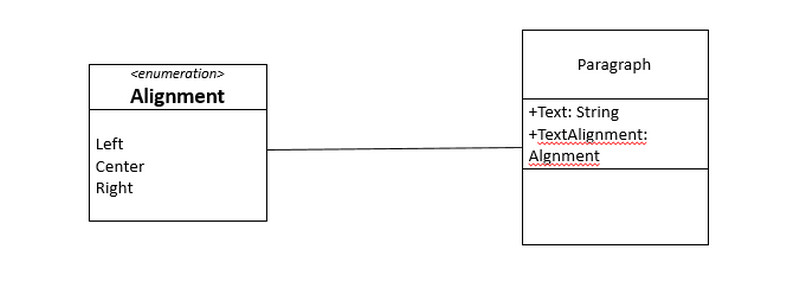
Objects
It is the instances of each class. It adds objects to a class diagram to represent prototypical instances or concrete.

Interactions
It alludes to the different kinds of connections and relationships that may be seen in class and object diagrams.
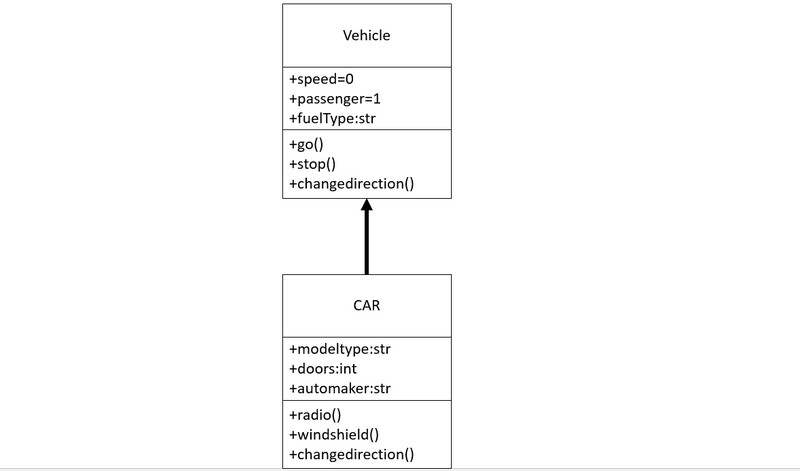
Part 3. UML Class Diagram Maker
You can use MindOnMap to make a UML class diagram online. When creating the diagram, it offers easy procedures with an intuitive interface. This way, it will be easy for all users, especially beginners, to operate the tool. Also, MindOnMap is m100% free. Aside from that, the tool offers various elements for creating a UML class diagram. It includes shapes, lines, arrows, font styles, designs, and more. Moreover, the online tool is accessible to all platforms. You can access MindOnMap on Chrome, Firefox, Explorer, and more. Furthermore, after creating the diagram, you can export it to various file formats, such as PDF, JPG, PNG, SVG, DOC, and more. Follow the steps below to create a UML class diagram using MindOnMap.
Secure Download
Secure Download
Go to the browser and visit the official website of MindOnMap. Then, click the Create Your Mind Map option on the center interface.
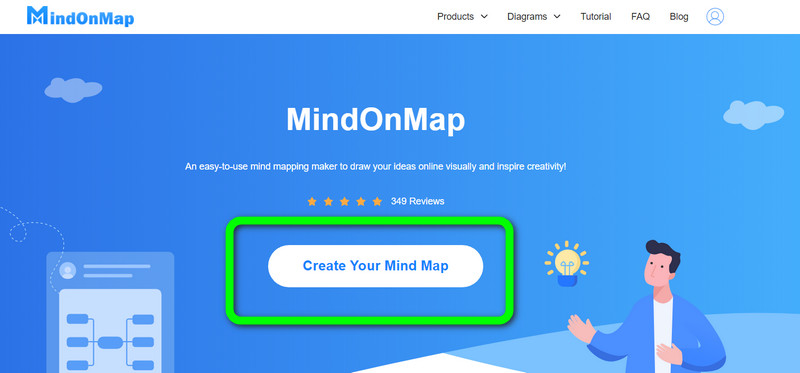
Another webpage will appear on the screen. Click the New > Flowchart option to start creating a UML class diagram.
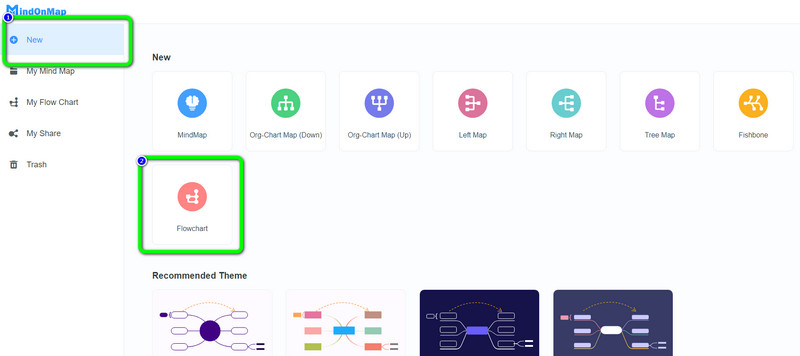
Go to the General option on the left interface to add shapes, connecting lines, and arrows. Drag and drop the shapes on the canvas. Then, go to the Fill Color option to put color on the shapes. To insert text, double-right-click the shapes.
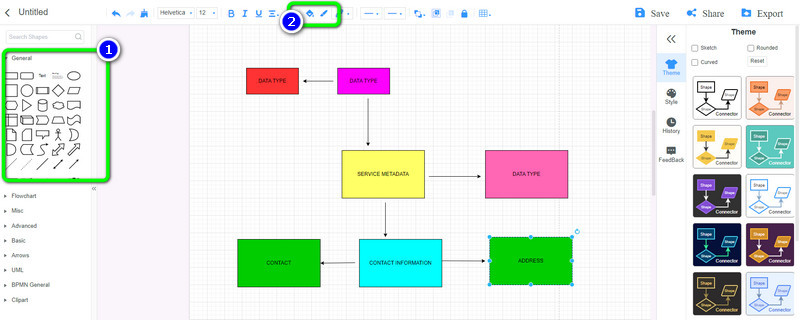
When you are done creating the UML class diagram, click the Save button to save it on your account. Click the Export button to export the diagram into PDF, DOC, SVG, JPG, and more formats. To get the link to the diagram, click the Share option.
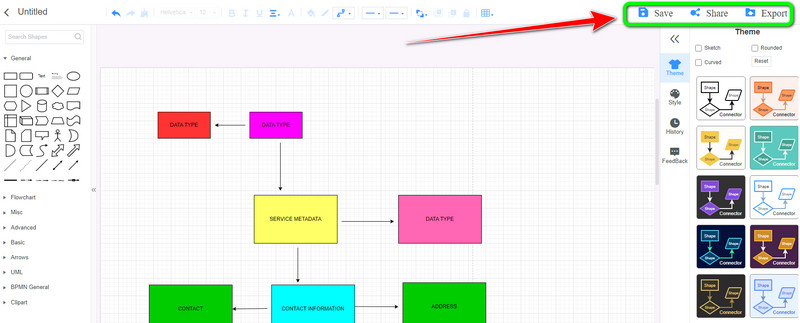
Part 4. When to Use UML Class Diagram
If a user wants to visualize a system, especially an object-oriented one, you need a UML class diagram. This diagram is an accepted standard language for specifying, documenting, visualizing, and constructing system artifacts. Also, if a user wants to see the relationship of each class, the UML class is the right diagram.
Part 5. Advantages of UML Class Diagram
◆ It keeps everyone on the same page. With the help of the diagram, users will become more aware of what might happen to the system, business, and more.
◆ Provide a transparent workflow. You can describe your new software or business processes using a UML diagram. This allows you to monitor progress over time, confirm that everything is proceeding according to plan, and pinpoint crucial areas for improvement.
◆ It provides a description of system types used and afterward passed across its components independent of implementation.
Further Reading
Part 6. FAQs about UML Class Diagram
Why are class diagrams important?
The class diagram provides a detailed analysis of the system's structure and an overview of the interactions between the various components' features. If the appropriate software is available, it might be quickly developed and is quick and straightforward to read. The class diagrams serve as the basis for any system that needs to be built.
What is the disadvantage of a UML class diagram?
The UML class diagram is not a data drive. It is not suitable for algorithmic computation. It is only focused on modeling, flows, and designs.
What is the purpose of class diagrams?
It is to show basic notations of structure diagrams. Another purpose of this diagram is to model systems for business matters.
Conclusion
These are the detailed information you can get about the UML class diagram. Its advantages, components, and when to use it. Additionally, you have learned easy ways to create a UML class diagram. So, if you want to create a UML class diagram without hassle, use MindOnMap.








